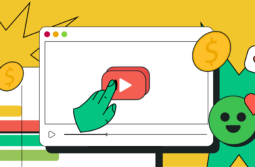A surefire way to make your conversational partner bored is to keep talking without asking any questions back. Eventually, they’ll zone out, and you’ll lose them. It’s crucial to stay attentive and express interest in the other person’s affairs, otherwise, they’ll feel left out and disengaged.
The same principle applies to community management. If you run an online school or moderate a niche group on social media, you know that participant engagement is very volatile. Today, they’re ready to chat and listen to others. Tomorrow, they get carried away and ignore your content altogether.
Community engagement is crucial for any eLearning or coaching business. Bored, inactive students won’t refer their friends to you nor will they apply the skills they’ve been taught. In turn, curious, excited students will propel your community and help it prosper — they’ll come up with new projects, make connections, promote your school within their network, and so forth.
So, how do you keep the flame of conversation burning? There are over 15 ways to boost community engagement and keep your students or subscribers genuinely interested in your subject.
Let’s start with the basics and gradually progress toward more advanced practices. We’ll also show you real-life examples of community engagement tactics.
Content:
- Define the purpose, guidelines, and values of your community
- Work on your personal brand
- Find an eLearning platform with built-in engagement features
- Create a less monotonous curriculum
- Offer one-on-one sessions
- Go omnichannel
- React to your members’ comments, suggestions, and mentions
- Interview your long-term members
- Celebrate your members’ wins
- Create incentives to keep everyone active
- Make your students work on real-life tasks and cases
- Organize live streams
- Invite a guest speaker
- Introduce regular check-ins to encourage accountability
- Get creative with your home assignments and handouts
- Organize competitions and group challenges
- Move to a customizable community platform
- Implement new strategies for community engagement with SendPulse
Define the purpose, guidelines, and values of your community
First things first, refine your unique selling point (USP). A meaningful purpose is a glue that keeps communities together. If you’re chasing vague goals, be prepared to lose quite some followers along the way.
The same holds true for your community’s values and principles. If your course is “for everyone,” you can’t expect all of your students to be equally engaged in the learning process. Those who have enrolled by mistake or under a false impression, will soon lose interest and make your engagement rates drop.
To avoid that, you need to be crystal clear about your teaching style, goals, philosophy, and core values from the start. That way, you’ll attract an audience whose interests, needs, and worldview are aligned with yours.
Look at this text describing a yoga teacher community. The description is pretty specific and leaves no doubt as to who this group is for and what its core principles are.
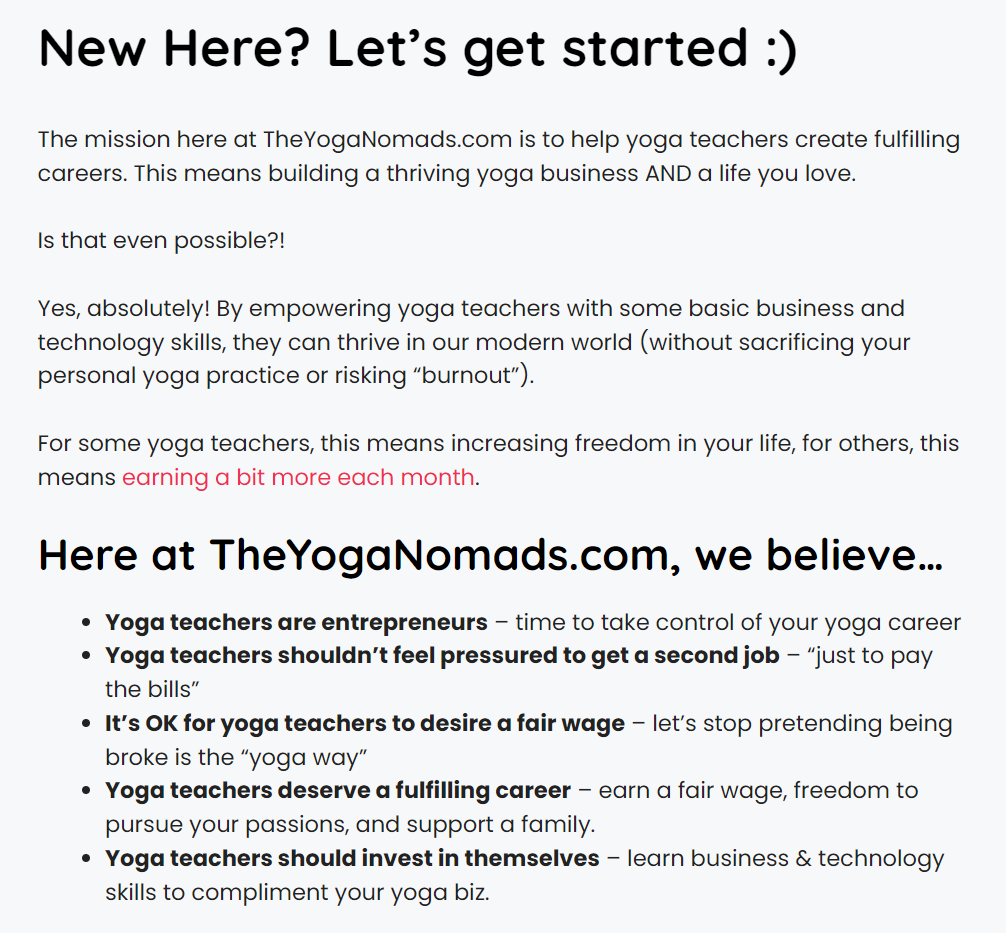
Puzzled? Here are some questions that can help you shape your community’s values and mission.
- How would your members describe your community to their friends or family? Or, even better, to a five-year-old?
- What makes you feel proud of your community?
- Who is your ideal student?
- What do you do differently? Why does your audience choose you over other coaches?
- What made you create your community in the first place?
- How would you describe your teaching style?
- Is there something unique about your professional background?
- What kinds of people does your community attract?
Write everything down and stick to your vision. Your goal is to help your students set the right expectations and focus on tangible goals — that’s the best way to get a more motivated crowd to begin with.
Work on your personal brand
Why hide behind a generic brand when you can put a spotlight on yourself? To build an active community, you need to be more than a simple narrator. If your students perceive you as a charismatic teacher and a motivational figure, they’re more likely to participate and seek validation from you.
Smart Passive Income is an educational and networking online space, and it’s a good example of how you can weave your personal brand into your product.
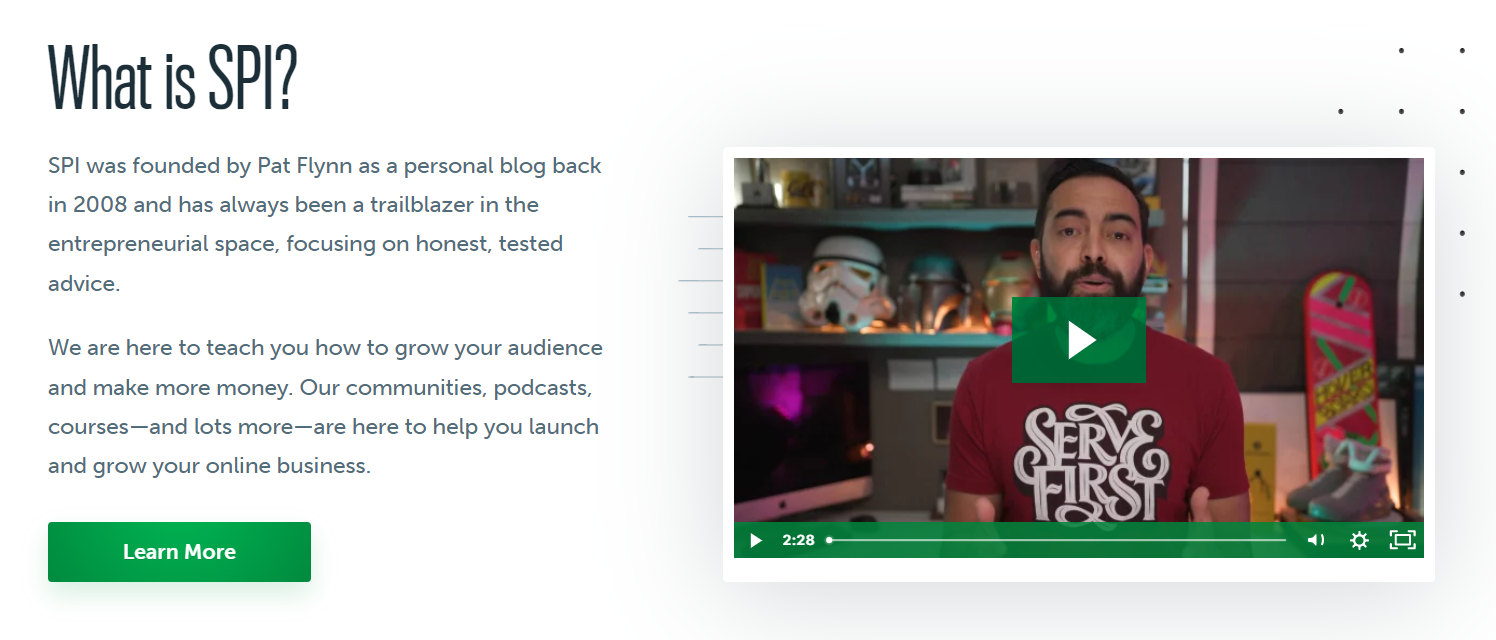
The founder openly describes his path and doesn’t shy away from telling about his failures. This helps the SPI subscribers relate to his experience and develop an emotional connection with the community.
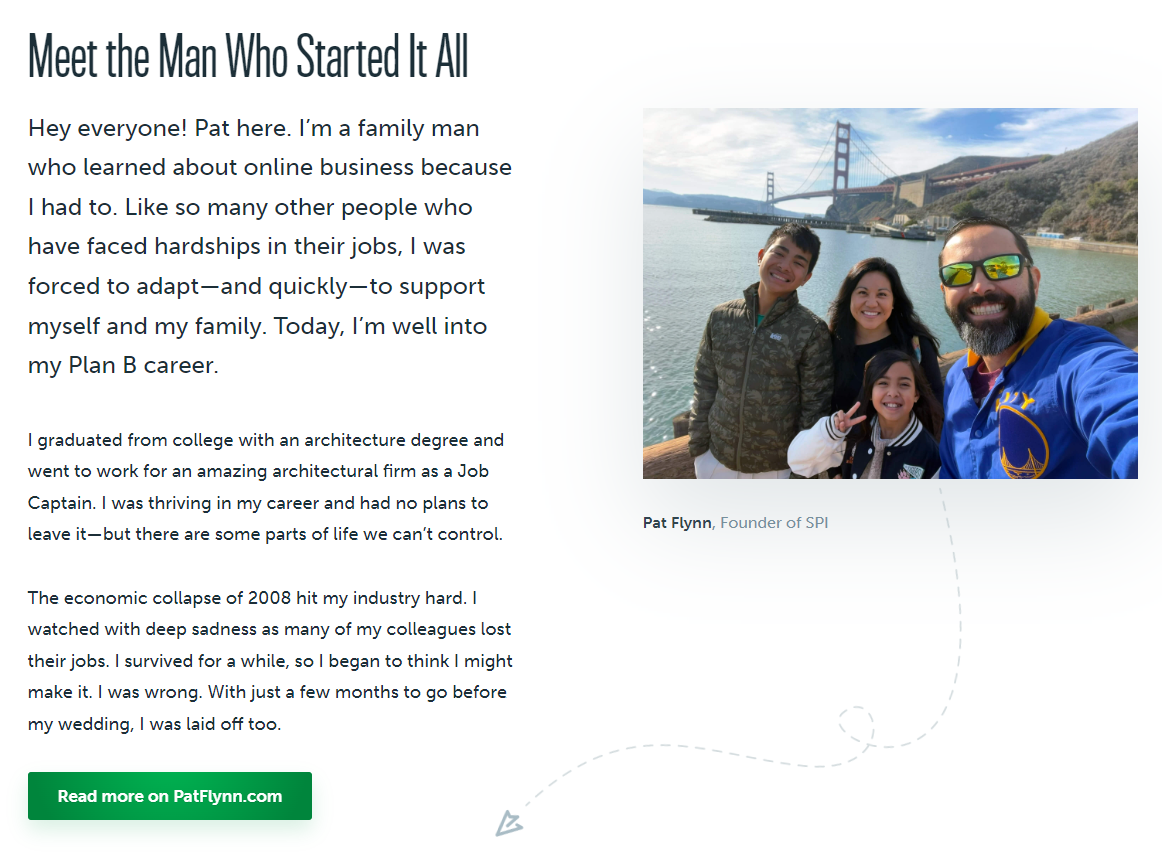
So, don’t hold yourself back — tell them your story. Let your students empathize with you and boost their accountability and motivation by showing them that everything is possible.
Find an eLearning platform with built-in engagement features
If you pick the right platform for your online course, you’ll get half the job done. It’s much easier to create a steady community engagement strategy when you have various interactive features at your disposal.
Some online course platforms allow you to make your course more versatile and challenging by adding community engagement activities:
- quizzes;
- tests;
- polls;
- surveys;
- exams;
- practical exercises;
- live webinars;
- homework assignments;
- downloadable materials;
- discussion spaces.
We’ll talk about these features in more detail in the following sections.
Create a less monotonous curriculum
The pace of your course can greatly affect your students’ motivation. Remember that not everyone has the stamina to sit through two-hour lectures followed by repetitive exercises. A great curriculum is a diverse one.
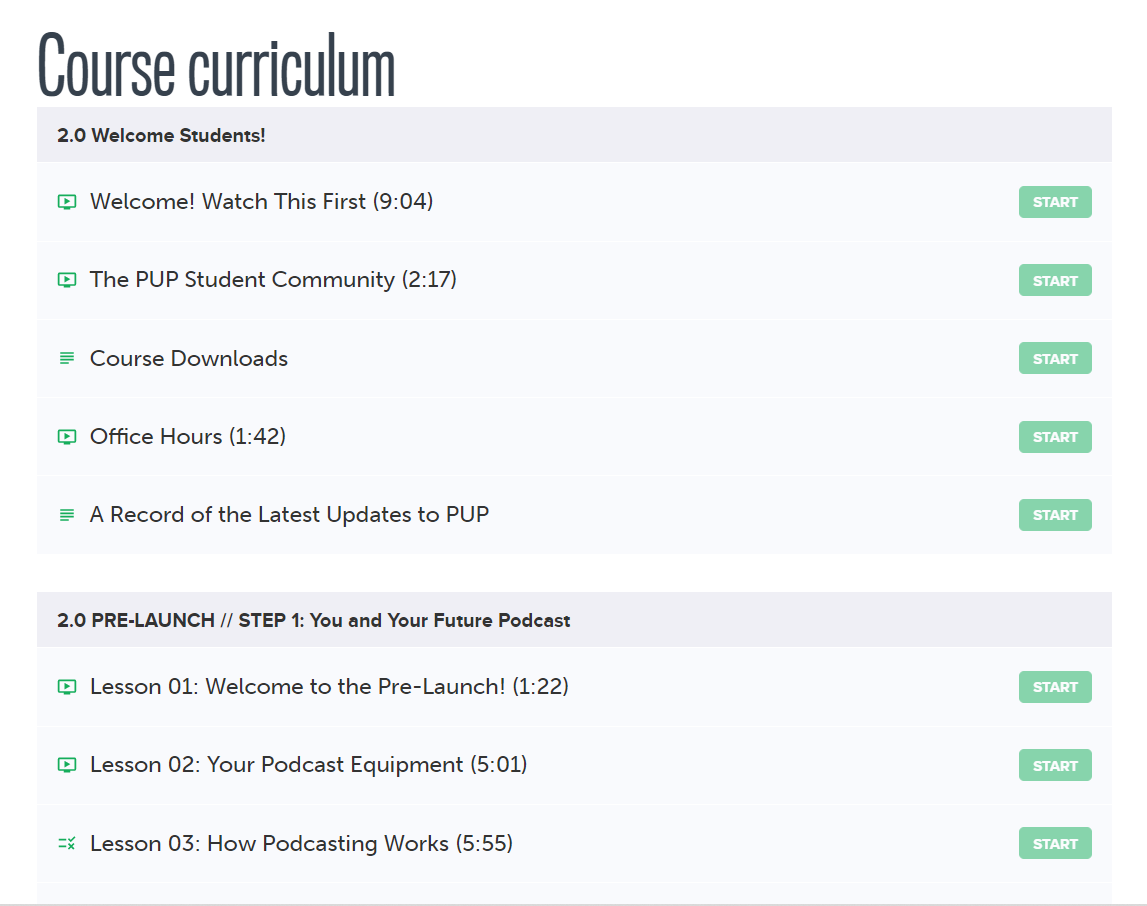
If you struggle to keep your learners engaged, rethink your course structure:
- Welcome video. If you don’t have one, record it. Help your newcomers understand how everything works to prevent confusion down the line.
- Curriculum design. Your curriculum doesn’t have to be linear — it can also be layered or spiral. You can make it subject-centered, problem-centered, or learner-centered, depending on your niche.
- Chapter and lesson length. Don’t stuff all of your content into one lengthy video — split it into logical chunks and sections.
- Types of content. Make sure video lessons alternate with text-based materials, audio training, written assignments, eBooks, hands-on exercises, PDFs, and so on.
- Lesson format. The script, pacing, teaching points, questions, slide design, activities, transitions, and breaks — optimize every element for better engagement.
With the SendPulse course builder, you can easily assemble your existing content assets into professionally-looking courses. This way, you’ll make your courses more captivating and memorable without spending too much time.
Offer one-on-one sessions
If you see some of your members struggling, consider helping or mentoring them personally. Short one-on-one calls or text conversations can go a long way when it comes to boosting students’ confidence.
Individual sessions, time-consuming as they are, can be especially helpful if you’re trying to improve your course completion rates. In a conversation, it’s much easier to find out what stops your students from moving further and what could be improved.
Go omnichannel
If your subscribers are losing interest in your community, you won’t be able to reach them through a group chat — chances are, they won’t even notice your messages. To prevent this from happening, you need to stay active on multiple channels simultaneously:
- email — for surveys, nurturing, transactional, and informational emails;
- messengers — for reminders, educational, and promotional messages;
- social media platforms — for entertaining content, announcements, and community-fostering;
- SMS — for time-sensitive notifications.
Did you know that you can automate all of these channels with SendPulse? Moreover, you can also build a chatbot to stay connected with your community 24/7. Check out these and other SendPulse features for free.
React to your members’ comments, suggestions, and mentions
Stay alert and attentive to what your audience has to say, especially if your eLearning brand is still in its infancy. Allocate time to react to every complaint or suggestion to demonstrate that you take your students’ success very seriously.
You may find social listening tools useful — they’ll help you catch your brand’s mentions on Twitter and anywhere else on the internet. You can also benefit from using social media marketing tools for automated replies, a unified feed, and content scheduling.
Interview your long-term members
Here’s a wonderful example of community engagement — a crossfit studio interviews its long-time members and encourages them to share their fitness journey with others. In these videos, gym members are speaking about their personal experiences, challenges, and fitness and health goals they’ve achieved.
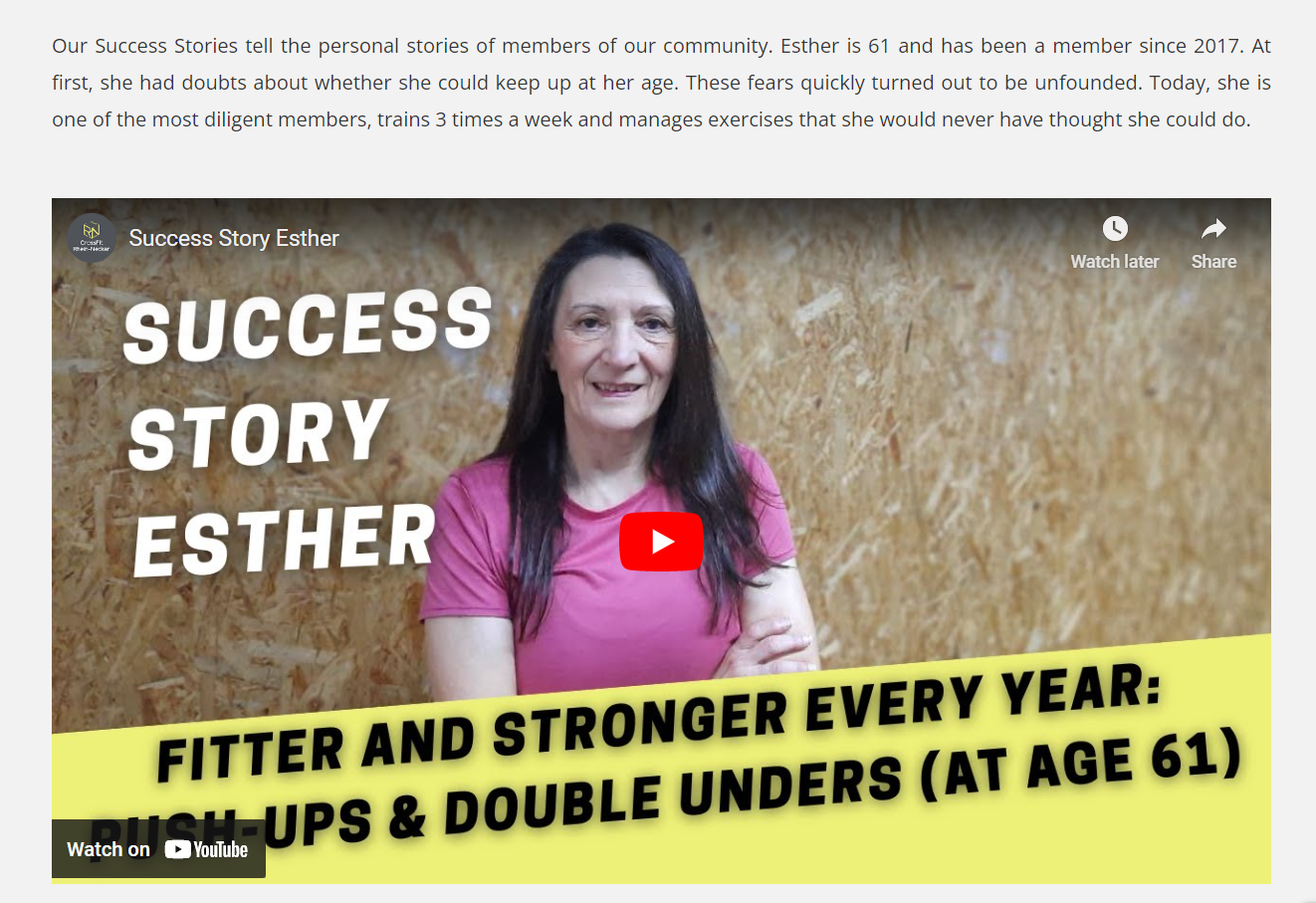
Such endorsements help both parties involved. The interviewees get peer recognition and a self-esteem boost, while the interviewers get a chance to demonstrate how much value their community brings.
Celebrate your members’ wins
Plaques, awards, and recognition boards exist for a reason — people genuinely enjoy seeing visual proof of their hard work and receiving credit for it. So why not use this knowledge to your advantage? Besides one-time interviews, you should regularly evaluate your community members’ work and comment on their achievements.
Are you teaching creative skills? Then, consider making a virtual student gallery to feature their best works. Alternatively, you can record biweekly video shoutouts to show support and give exposure to your high-achieving students.
Create incentives to keep everyone active
You need to come up with some sort of a dangling carrot to ensure your community members don’t quit when the times are tough. What could make them return to your content time after time?
Consider these ideas:
- Use a point-based reward system to motivate your learners to complete all the tasks.
- Add some flexibility to your content plan and invite your subscribers to vote for the next topic or request a theme lesson.
- Take a break from productivity culture and encourage your members to share their epic failures once a month and laugh together.
- Add Easter eggs to your lessons and worksheets to make them more relatable and fun.
- Create an outreach campaign to contact students who’ve failed a quiz or haven’t been active for a few weeks.
- Invite your students to contribute their ideas and offer a valuable bonus for the best project.
- Equip your members with visual progress trackers and checklists.
Referral programs are also fantastic for fixing community engagement. Firstly, you create a monetary incentive for your learners. Secondly, you enable them to invite their friends, which, in turn, will boost their motivation and desire to participate.
Make your students work on real-life tasks and cases
Remember those made-up characters with funny names from school textbooks? That’s one of the reasons why many students don’t take their studies seriously — they just don’t see how what they’re learning is applicable to the real world.
Make sure your content doesn’t have the same issue, especially if you’re a professional practitioner. Try to incorporate real-life cases, scenarios, and personal anecdotes into your lessons for more engaging storytelling.
Introduce your learners to the actual work-related tools and industry jargon. Use realistic problem-solving simulations to make your lessons more immersive. Don’t forget to include compelling statistics to highlight the relevance of your content.
Organize live streams
Start a tradition of having an occasional “real talk” with your community. Live streams will remind your students that the talking head in your videos is a real and interesting person who’s fun to chat with. It’s a great opportunity for them to connect with you and ask spontaneous questions or voice their thoughts on the subject.
Live streams are also useful for making thrilling announcements and building up anticipation before launches.
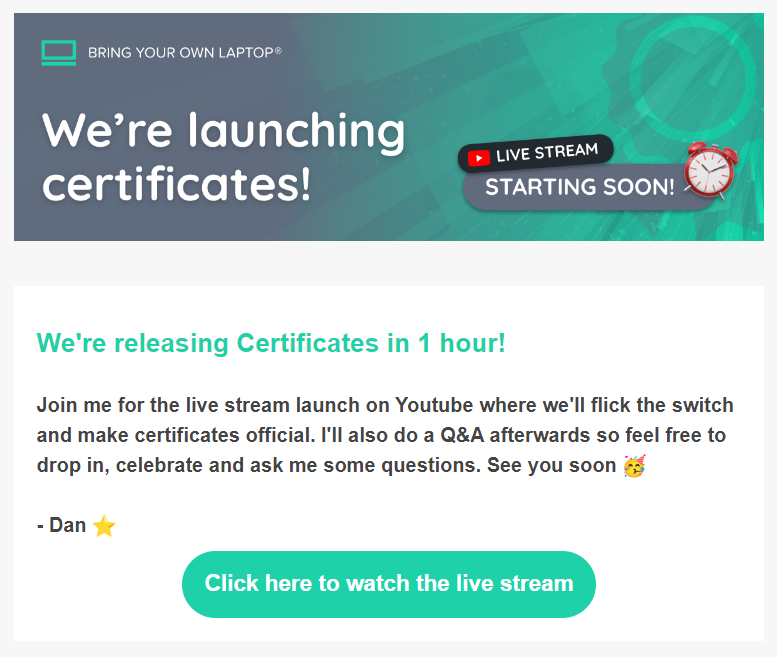
Organizing a live session can be stressful, but the right webinar platform can take some of that load off your shoulders. You can schedule your live stream in advance and send pre-event emails to warm up your audience.
Invite a guest speaker
One of the community engagement best practices is to invite a guest for an insightful live interview or a Q&A session. This is a clever way for you and your guest to co-promote each other and demonstrate that you both are well-connected in the industry. Also, your community will enjoy a deep dive into a specific niche topic.
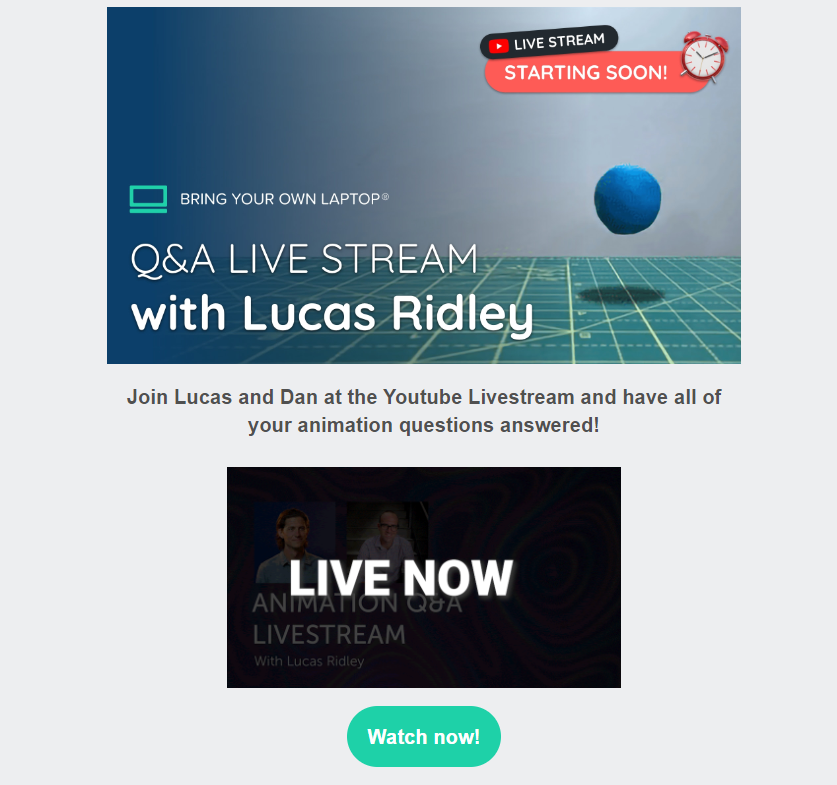
If you don’t have the resources to organize a high-quality live stream, consider recording podcasts instead. You can promote them with the help of email marketing to ensure active listenership.
Introduce regular check-ins to encourage accountability
Pure internal motivation can only get one so far. External influence is just as important for getting things done consistently. Regular check-ins can increase your members’ accountability and help them keep up with the flow.
Even high education institutions have adopted this practice.
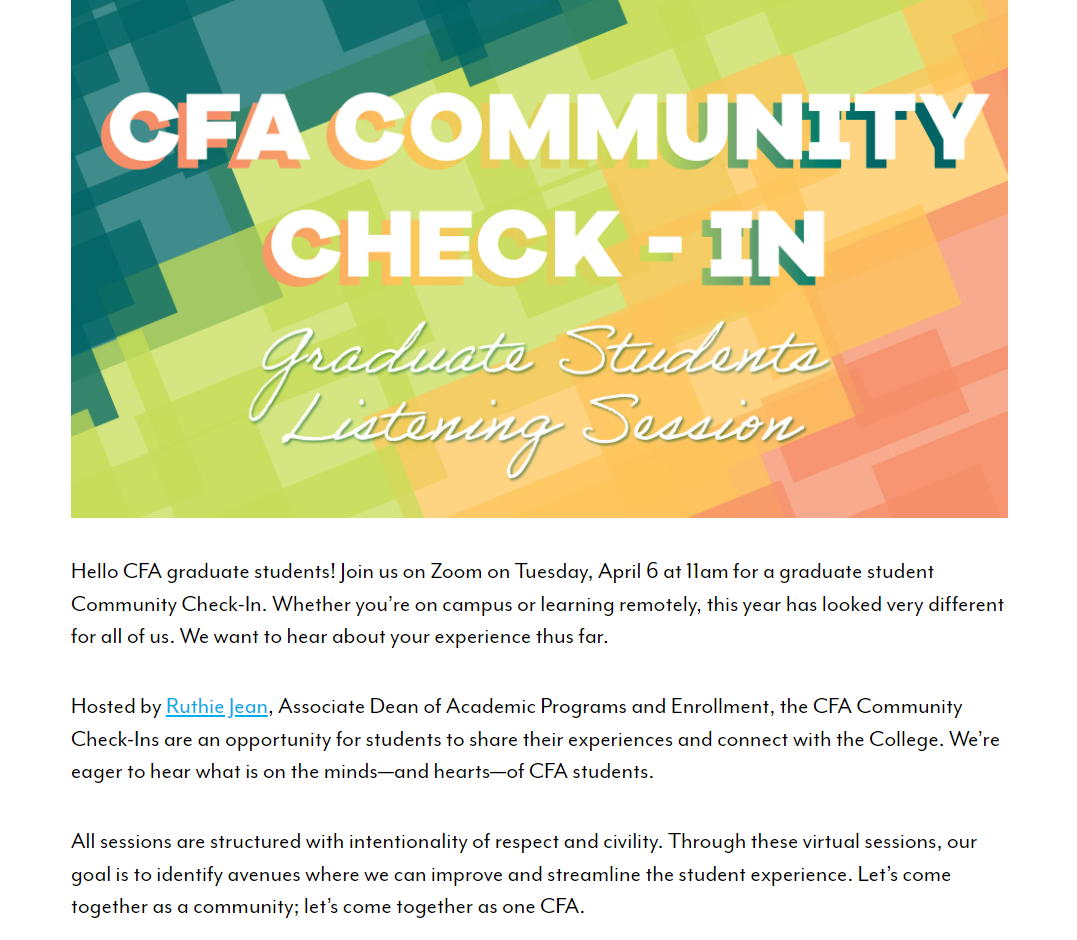
Recurring check-ins shouldn’t be stressful or demanding — the goal here is to exchange experiences and focus on the milestones your students have reached.
Get creative with your home assignments and handouts
Your community engagement strategy would be incomplete without custom learning materials.
Put extra effort into your templates, worksheets, eBooks, and tutorials to make sure that your students won’t yawn when working on their home assignments.
Here’s a pro tip: if you’re out of ideas, check out how MasterClass’s assets are constructed and designed. Each online course usually comes with a breathtaking workbook and a guide, which are worthy of being published on their own. With such irresistible educational materials, it becomes nearly impossible to abandon the platform.
Organize competitions and group challenges
If you’re looking for new strategies for community engagement, consider scarcity marketing. Create artificial time or resource constraints to gently shake up your community and motivate them to compete for a prize or set a new record.
In the process, they’ll actively exchange their ideas and results, which is exactly what you’re looking for. Short-term sprints, mental or physical, are great for community bonding and morale.
Here’s a community engagement idea from Foodspring, a sports nutrition brand. The brand has published a 21-day challenge blueprint along with expert guidance and useful tips on how to perform exercises at home with little equipment.

Whatever your community niche is, you can always find an entertaining topic or a theme for your next challenge and watch your engagement metrics go up.
Move to a customizable community platform
If you feel that with your current solution, your hands are tied, move to a feature-rich platform created specifically for community management.
Here are some popular platforms that are perfect for organizing community engagement activities and growing your loyal fanbase.
- Tribe. A superb solution for brands looking to build long-term relationships with their customer base.
- Discord. A trendy social media platform with invite-only spaces and voice channels.
- Hivebrite. An outstanding platform for professional community managers.
- Circle. A multifunctional solution for creators, coaches, and community managers.
In our blog, you’ll find more online community platforms along with useful tips on how to pick the best software.
Implement new strategies for community engagement with SendPulse
SendPulse is an all-in-one platform for marketing automation and online course creation. You can use our intuitive toolkit to promote, launch, and sell educational products as well as nurture and grow your audience. Create your free account today and see it for yourself!





![How to Start an Online Course Business [2024 Guide]](https://www.spcdn.org/blog/wp-content/uploads/2024/09/course-business-cover-255x167.png)
